My experiences as a PlantingScience mentor
PlantingScience is an online mentoring program that virtually connects scientists with junior high or high school students as they participate in inquiry-based activities with plants. Mentors commit to an hour or so per week over roughly two to four weeks, during which they respond to student questions and help them design and interpret their experiments. Sign up to be a mentor here. If you are willing to make a larger time commitment, consider applying to the Master Plant Science Team (MPST). This program is open to graduate students and postdocs, who commit to mentoring two or three teams in each the fall and spring terms. The application deadline for the MPST is August 7, 2017. More info. Julia Miller was a member of the MPST and writes about her experiences here.
While I had taught students before, I had never taught students who were 4,000 miles away. As a PlantingScience mentor, I was getting ready to talk to high school students in Alaska. I checked my notes a few times and skimmed over the module information. But my nervousness quickly dissipated once we started chatting about their experiments on the PlantingScience website. The students explained their experimental conditions and asked me questions about plant physiology, genetics and being a scientist. We discussed data analysis and interpretation, including outliers and the importance of replication. I also walking them through the scientific process and explained how you sometimes need to think outside the box while doing science. I could tell that the students were really thinking about their experiments and if their data supported their hypotheses. Additionally, they had many interesting questions, such as how plants sense light or if plants can feel pain. Some of the questions made me pause and realize that I didn’t know the answer! It was fun to read up on topics to be ready for their future pop quizzes. I had a wonderful opportunity to discuss plant science with bright students and to make their studies a little more interesting. And I could have only had these experiences through the PlantingScience program.
I was a PlantingScience mentor for the first time this past year. I had done some education programs before but PlantingScience attracted me as it focuses on teaching plant science to high school students through hands-on experiments. Additionally, the program was very easy to fit into my schedule as mentors reply online to student a few times per week. I would check the website every few days and respond to questions during my lunch hour. During the program, students design and implement their own experiments to test their own hypotheses. Mentors are there to guide students along the scientific process and answer questions. The students post questions, upload documents and discuss their experiments with each other and their mentor on the PlantingScience website. For my groups, students would post questions or upload data a few times per week. I would respond in a few days and post other questions or ideas to keep them thinking. It was really exciting to help the students move from their initial ideas to the completed data set using modules designed by the PlantingScience program. My first group of students followed a module that explained the basic aspects of photosynthesis, while the Alaska group used a module that looked at genes and the environment. There are many other modules, so you might be teaching concepts essential to your own work, or something new!
During the program, mentors are working with the teacher, as well as PlantingScience liaisons, to ensure that the students’ needs are being met. The liaisons help to coordinate mentors with the teachers and answer the mentor’s questions. The teachers explain the basics of the module to the students and help students post questions and upload their data to the website. The teachers are passionate about their students getting hands-on experiences and are excited to have real scientists interacting with their students. For mentor training, the PlantingScience program has webinars and guides so you feel confident in your teaching abilities. This includes in-depth explanations for all of the modules that the students will be working through. The training is a great way to take a break from your own research to learn to help students with theirs!
Once the program ended, I felt more confident talking about plant science and experimental design with high school students. With help of the teachers and the liaisons, I was able to tailor my responses to make sure the students understood the concepts while not giving away the answers. I was able to talk to students all over the US who were working on modules focused on different aspects of plant science. I had a lot of fun interacting with the students and learning about them too! I am excited to sign up to be a PlantingScience mentor this year. And if you want to help students learn more about plant science, you should sign up too!
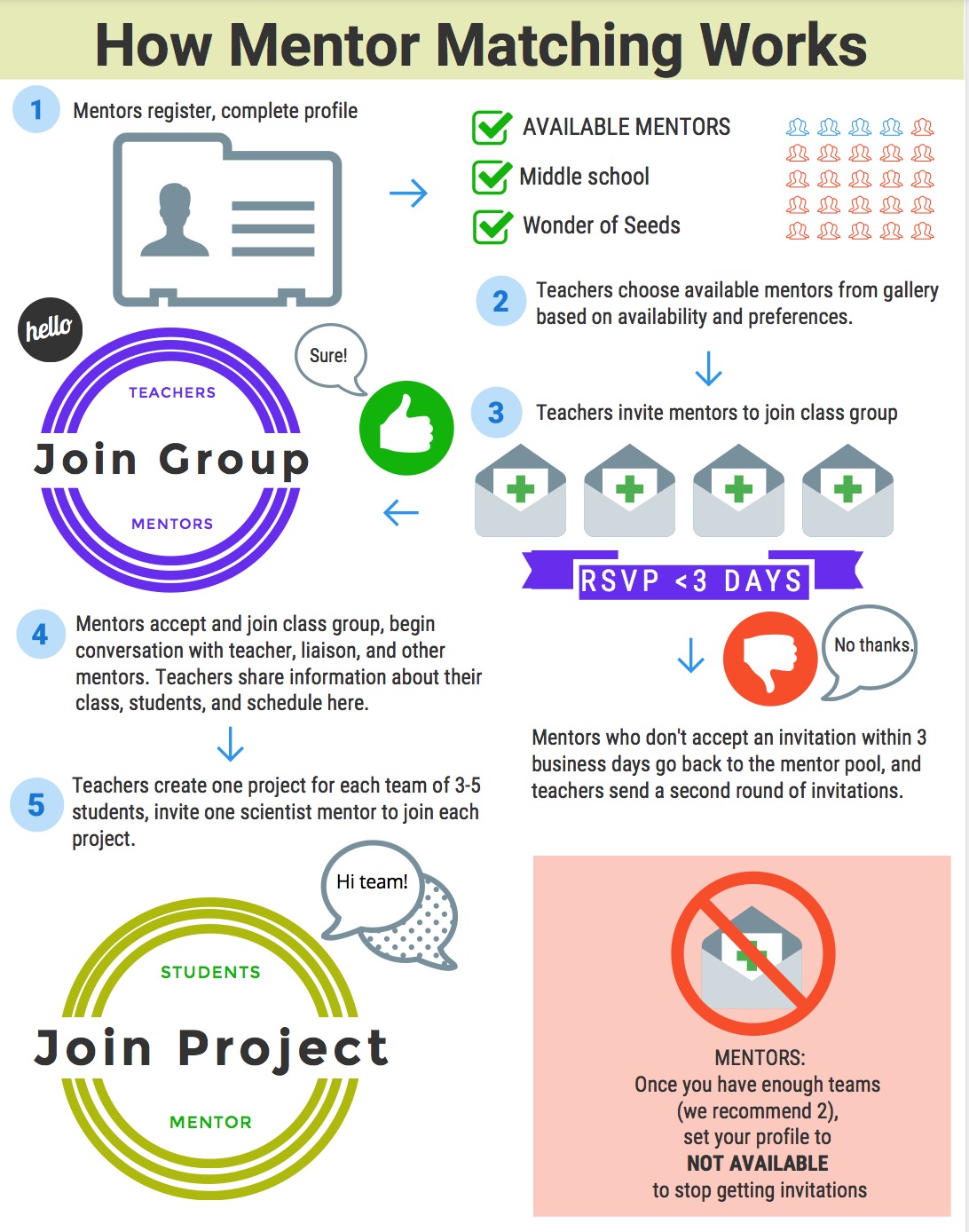
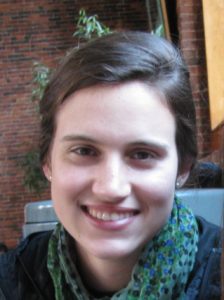 Julia Miller is a PhD candidate in the Plant Biology Section of the School of Integrative Plant Science at Cornell University. She is studying the structure, function and regulation of plant transporter proteins under the mentorship of Dr. Miguel Piñeros, with the support of a Graduate Research Fellowship from the National Science Foundation. She received her Bachelor of Science degree in Plant Biology and Genomics & Molecular Genetics from Michigan State University, and did research there under Dr. Cornelius Barry and Dr. Jennifer Lau. She is active in her department, and enjoys teaching elementary and high school students about plants.
Julia Miller is a PhD candidate in the Plant Biology Section of the School of Integrative Plant Science at Cornell University. She is studying the structure, function and regulation of plant transporter proteins under the mentorship of Dr. Miguel Piñeros, with the support of a Graduate Research Fellowship from the National Science Foundation. She received her Bachelor of Science degree in Plant Biology and Genomics & Molecular Genetics from Michigan State University, and did research there under Dr. Cornelius Barry and Dr. Jennifer Lau. She is active in her department, and enjoys teaching elementary and high school students about plants.


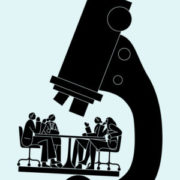


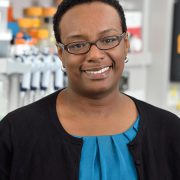

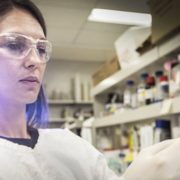


I am looking for a mentor/teacher in Genetics, particularly understanding the CRISPR etc.
I am a doctorate in natural products Organic Chemistry and worked on Prostaglandins & Rotenoids in the UK and also the Pharma industry there. Semi-retired but still involved in various companies in Singapore.